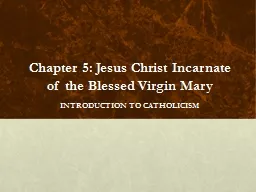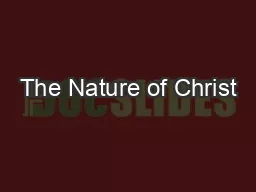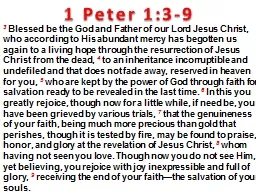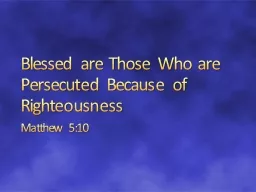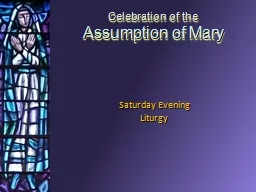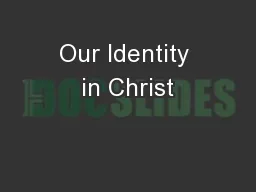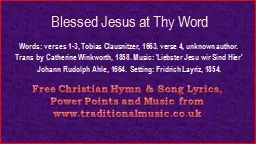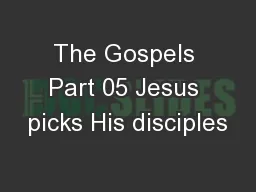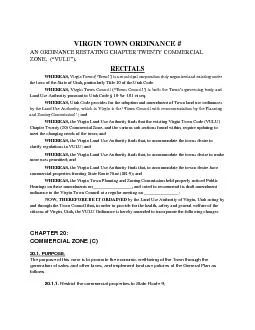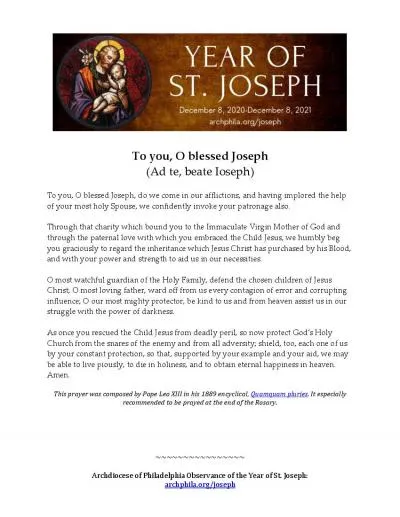PPT-Chapter 5: Jesus Christ Incarnate of the Blessed Virgin
Author : kittie-lecroy | Published Date : 2018-10-08
Mary INTRODUCTION TO CATHOLICISM ANTICIPATORY SET Incorporate St Elizabeths and the Blessed Virgin Marys words at the Visitation cf Lk 13956 into the Opening
Presentation Embed Code
Download Presentation
Download Presentation The PPT/PDF document "Chapter 5: Jesus Christ Incarnate of the..." is the property of its rightful owner. Permission is granted to download and print the materials on this website for personal, non-commercial use only, and to display it on your personal computer provided you do not modify the materials and that you retain all copyright notices contained in the materials. By downloading content from our website, you accept the terms of this agreement.
Chapter 5: Jesus Christ Incarnate of the Blessed Virgin: Transcript
Download Rules Of Document
"Chapter 5: Jesus Christ Incarnate of the Blessed Virgin"The content belongs to its owner. You may download and print it for personal use, without modification, and keep all copyright notices. By downloading, you agree to these terms.
Related Documents

